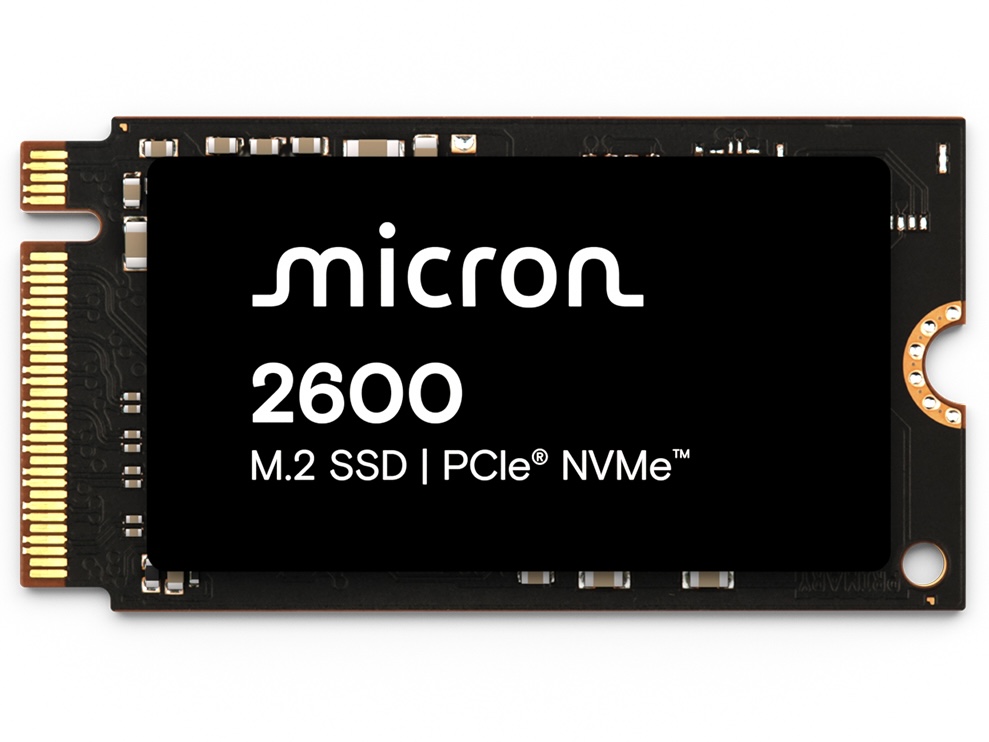
Micron has pulled back the curtain on something that could actually matter for everyday PC users. The new 2600 NVMe SSD is here, and while it may sound like just another drive, this one might be worth paying attention to. It’s built on Micron’s latest ninth-generation QLC NAND and includes a new feature called Adaptive Write Technology. The end result is performance that rivals TLC drives, but with QLC pricing.
Normally I roll my eyes when companies start pushing new buzzwords, but Adaptive Write Technology seems to offer something real. Micron says this tech helps the drive write faster and smarter. We’re talking up to 63 percent better sequential write speeds and 49 percent faster random writes compared to other value QLC and TLC drives.
That kind of speed boost would normally come with a much higher price tag, but Micron is aiming this SSD at OEMs looking for performance without the premium. And yes, that includes ultrathin laptops, handheld gaming PCs, and other space-constrained devices. It even comes in the super tiny 2230 size.

So how does it actually work? Micron developed a multi-tiered caching system that uses a mix of SLC, TLC, and QLC on the fly. This lets the SSD keep speeds high even when writing hundreds of gigabytes at once. The 2TB model, for example, can write up to 800GB continuously without crashing down to QLC crawl speeds.
The underlying NAND is no slouch either. With a six-plane design, the G9 QLC NAND supports more simultaneous read and write commands, which helps explain how the drive reaches speeds up to 3.6 gigabytes per second. According to Micron, that’s the fastest NAND I/O rate currently shipping in a client SSD.
Real-world impact matters too. Micron says the 2600 SSD improves boot times, shortens OS installs, and loads applications faster. In PCMark 10 testing, it beat other value TLC drives by up to 44 percent in performance scoring and 43 percent in bandwidth.

This also has implications for AI. Fast storage matters when switching between tasks or loading models, and Micron believes its 2600 SSD can keep up with the increasing demands of AI-powered apps. That’s especially relevant as AI becomes more common in everyday software.
The drive is now shipping to OEMs in 512GB, 1TB, and 2TB sizes. Form factors include 2230, 2242, and 2280. All of them are single-sided to fit in slim systems. The 2TB 2230 version in particular could be a popular upgrade for handheld devices where space is tight.
Big industry names are already supporting this launch. AMD, Intel, IBM, Phison, and Pure Storage are all backing Micron and its G9 QLC NAND. The controller inside the 2600 is the Phison E29T, which helps explain the strong performance claims.

